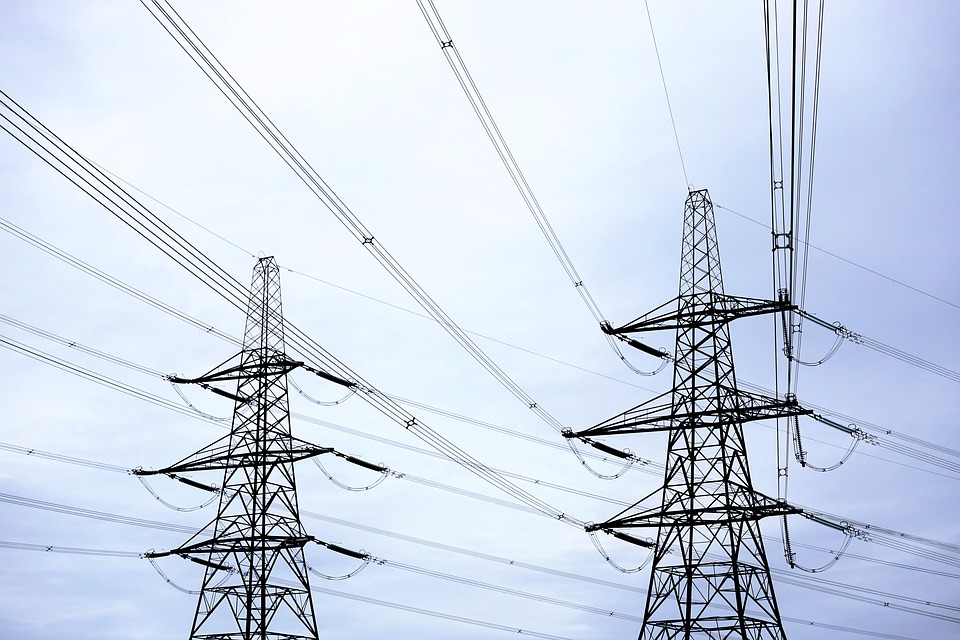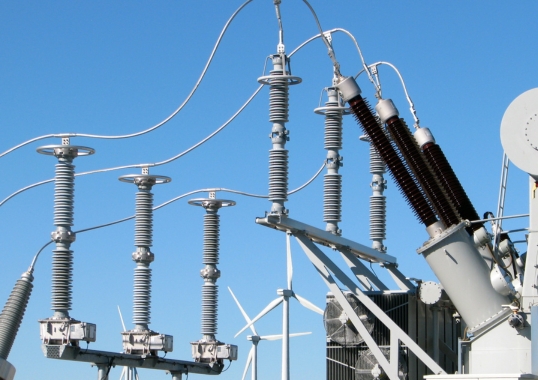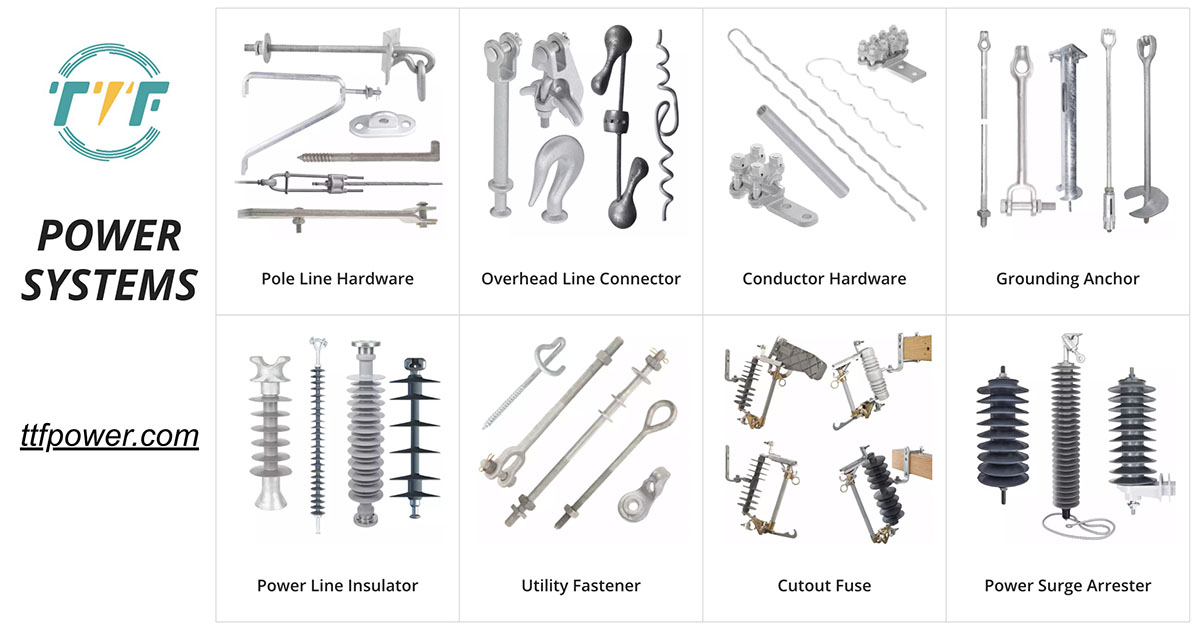
South America stands to enjoy power integration due to its vast resources and potential for shared benefits. Currently, each country is operating on its own energy policies and infrastructure. Countries like Brazil, Argentina, Chile, and others have diverse energy sources. Integrating resources like hydropower, solar, and wind in these countries could reduce costs, improve energy reliability, and increase energy access. There has been notable progress in the region. An example is the grid interconnection between Brazil and Paraguay through the Itaipu Dama. Argentina and Chile have developed limited access to electricity to stabilize supplies during demand shifts. Additionally, the Andean Electrical Interconnection Systems project aims to establish a high-voltage power corridor across Andean countries. A surge arrester is a crucial component in power integration projects in South America. It protects the electrical equipment from damage caused by voltage surges.
A surge arrester is installed on power lines to protect them from lightning strikes, switching surges, and other transient overvoltages. They divert the excess voltage to the ground, which prevents damage to the line and its components. A surge arester can be installed in substations to protect transformers, circuit breakers, and other equipmen. from voltage surges. This helps to maintain the integrity of the power grid and prevent outages. By doing so, they safeguard the power grid and protect the critical infrastructure that contributes to the implementation of power integration projects. Power integration in South America could bring economic and environmental benefits to the region. It also represents a solution to enhance energy efficiency and foster sustainability. Let’s look at the benefits of power integration and how surge arresters serve in the development.
Uses of a surge arrester in power integration across South America
A surge arrester serves an essential role in power integration in South America. This is especially in areas with diverse landscapes and aging infrastructure. It protects the critical components of power systems by preventing equipment damage from voltage spikes. This may be from lightning strikes, switching surges, or transient overvoltages. A surge arrester will help in preserving stability, protecting investments, and facilitating sustainable energy sharing across the region. The following are the functions of a surge arrester in power integration across South America.

- Protecting transmission lines – South America has diverse terrains ranging from mountains to dense rainforests, deserts, and coastal areas. Transmission lines across these terrains face transient overvoltages. A surge arrester protects the high-voltage lines by diverting excess surges to the ground.
- Protecting power equipment in cross-border connections – a surge arrester helps in protecting transformers, substations, and high-voltage equipment in shared transmission lines. It helps maintain stable and secure power flows, which prevents disruptions that could affect both countries.
- Supporting smart grid expansion – smart grid technology depends on electronic infrastructure to manage and optimize power flows. A surge arrester protects smart grid components from sudden voltage surges.
- Reducing downtime and maintenance costs—power integration needs strong infrastructure to prevent downtime. A surge arrester reduces equipment failures and reduces maintenance costs.
- Renewable energy reliability – integrating solar, wind, and hydropower sources introduces extra variability in power flow. A surge arrester stabilizes the fluctuations, which protects sensitive equipment like inverters.
Benefits of power integration across South America
Power integration across South America provides a range of economic, environmental, and social benefits. This provides a strategy for regional growth and stability. It also provides a foundation for a more resilient, sustainable, and economically vibrant region. This is by pooling resources, sharing energy, and collaborating on infrastructure to achieve greater stability and sustainability. At TTF Power, we are a world-class global provider of high quality overhead line hardware, transmission hardware, distribution hardware, conductors, insulators, cutout switches, anchoring and grounding products. The following are the benefits of power integration across the region.

- Increased energy security and reliability—power integration allows countries to depend on each other for backup power. In case of a power shortage, a country can import electricity from a neighboring country to maintain stability.
- Reduced greenhouse gas emissions—power integration helps the region reduce its carbon footprint. Countries depending on fossil fuels can import clean energy from renewable energy resources.
- Support for regional economic development—an integrated power system can create economic growth by attracting investments. It can create jobs and contribute to local economies. It also promotes infrastructure projects like transmission line construction.
- Technological innovations—power integration drives investments in modern grid technologies. This allows for the better monitoring and management of electricity flow. The technologies help to improve efficiency, reduce power loss, and help respond to issues in real-time.
